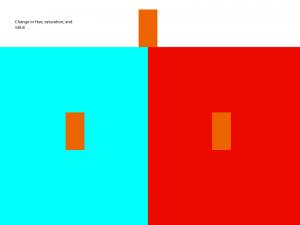After taking the time to read through these articles, I feel like the way I design has got to make a change from where I am now. For one if I use someone’s work in association with mine like a video a should always give credit where credit is due otherwise face legal ramifications like Mr. Fairey. Know who to contact is important in these cases to since the original designer could have designed something, they could have sold it and handed the rights of to someone else. That also goes double for me too, I just because I made something for someone as the designer of that work it belongs to me and I should know my rights in the event that it gets misused. To protect me even further I should also have a written agreement for and commission or job that comes my way.
After reading the article about Mr. Fairey I am kind of at odds with how something like this affects art. For one you should always give credit where credit is due, if he used the photo as references and not slapped a bunch of colors and filter in photoshop over it then it be fine. However, that also can be the same for other works like this. Let’s say someone who loves batman creates some batman fan art or something, do we sue them. Or what if someone come across someone’s OC (Original Character) and used them as references for their character design. The answer to both is its “fine”, as long as it’s transformative enough. As the old saying goes, “good artist copy, great artist steal”, no one wants their work to be misused and everyone credit. In the case of Mr. Fairey’s poster, it walks that line that its













